THIS IS A BIT LONG
I've never grown any plants before. But I'm getting a crested gecko soon, and want to do a live vivarium. Using live plants I mean. I have some specific plants I want to use. Ficus Benjamina mostly. I've been doing a lot of research on this for sometime and have been wanting to try it. But I however have never really grown plants. I need some tips on growing plants in a vivarium for reptiles. I'll quote a little from the book I'm reading by Phillipe De Vosjoli.
On substrate (for those not familiar with reptile husbandry, substrate is the term for the ground you use.):
"We recommend both for display and non-commercial purposes (where 100% of eggs is not critical), a potting soil mix where the main component is either peat moss or ground fir bark with no perlite. Perlite is unsightly, floats to the surface during waterings, and several species of lizard will ingest it. The mix should not contain contain fertilizers or pesticides. We add about a 5 percent sand and 15% fine orchid bark to the potting soil, then moisten it before adding a two to three inch layer to a vivarium. Once added, the mix is patted down lightly to make the surface firm. Plants are then added followed by landscape structures."
On biologically active substrate:
"With a little bit of extra work it is possible to make the substrate biologically active so that it readily breaks down fecal matter. THe key to having a functional bioactive substrate is to regularly stir the drier surface layer which will include fecal matter, toward the lower moist layer. This allows for the development of bacterial and fungal bioactivity that will degrade the waste matter and keep the substrate healthy and functional...... To keep the substrate active it should be kept moistened (never soggy) except for the very surface layer, which, which being exposed to air, will tend to dry out quickly . Daily light spraying and light watering once a week will help maintain the proper substrate. We have kept crested geckos and giant geckos on bioactive substrates with no substrate replacement for more than two years."
Live Plants:
"The primary landscape of any crested gecko vivarium should consist of foliage plants. We have found that weeping figs (Ficus Benjamina) with a spread that extends over half the tank are ideal for keeping crested geckos. Both the branching pattern and their lead distribution make them ideal for these geckos to climb and conceal themselves. Other species that can be included in there setups are dracaenas, dwarf umbrella plants, spineless bromeliads such as some of the neoregelias, birdsnest ferns (Asplenium), and hoyas. The will be used for climbing to access foliage of tree specie such as ficus. Baby crested geckos will also rest between the leaves of these tough vines. Plants with small leaves and thin stems or fibrous mosses should be avoided as they may be accidentally swallowed when a lizard is feeding. In the design of the vivarium use plants sparingly with lots of open space at ground level."
Ok so now you know the experiment. Not really an experiment for herpeticulture or horticulture, but an experiment for me. Now these plants will be living in a 28Lx24Wx24xH vivarium. Here is a picture of exact tank.
http://lllreptile.com/store/catalog/vision-cages-and-racks/vision-cages-1/-/v222-vision-cage-with-extra-vent/
I will be putting a UVB source in the tank as well. An 18 inch fixture. WHich is important obviously because the plants will be concealed in this tiny tank.
Ok so now the questions. These plants can not be in a typical plant set up. For instance no fertilizers and no perlite. And no pesticides. I don't even know where to get most of this stuff. I checked Wall Mart today but with little success. I did however find a ficus benjamina. My first goal is to get the tank set up. Learning to keep these plants alive before I even buy the gecko. The cage comes fist, then the animal. I'm figuring I'm going to keep the plants in there own pots in the tank. The solid tank won't allow for the water to drain. I heard that could be a problem. Not to mention that when stiring the substrate, I could potentially cut the roots. Anyways, plant keeping is very new for me. Any advice that could be given on this subject would be greatly appreaciated.
I know what your thinking. Why ask here? Why not go to a reptile forum? Because reptile keepers don't know jack about keeping plants. Not to mention that most gecko owners tend to kids whose gecko is there first plant. Also, most reptile owners find it risky to even use a particle based substrate. There afraid of impaction. My personal opinion is that impaction doesn't come for particle substrate, but from bad husbandry techniques.
So thus I come here. Dirt and plants is something I believe would be better answered here. SO here I am. And I thank anyone who took the time to read this. I understand it's long and lengthy, but at least it's interesting? ;) Well I think so anyway. So I need help in understanding how to keep these plants alive. PLEASE ANSWER!

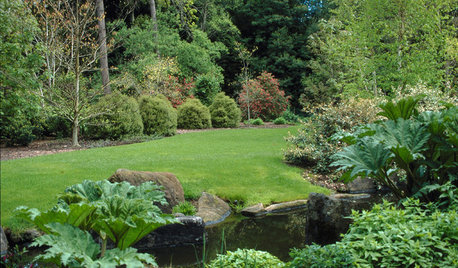

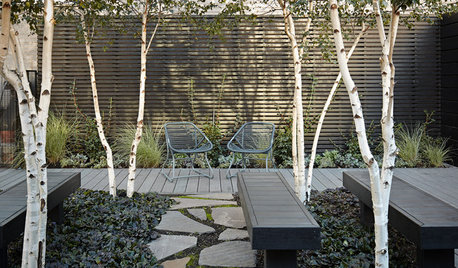
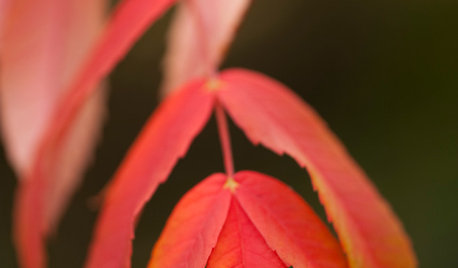

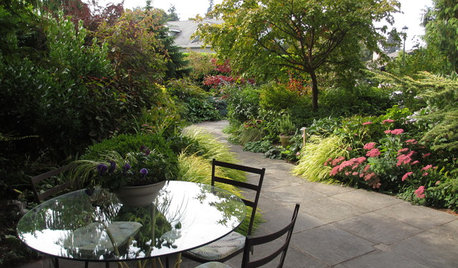
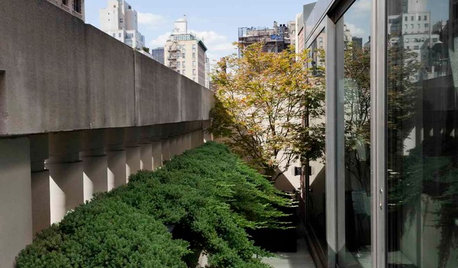
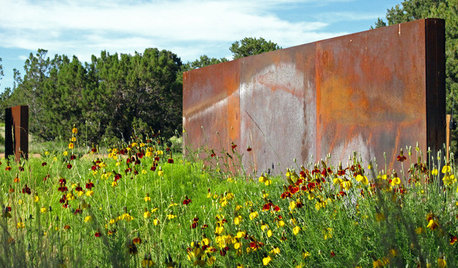
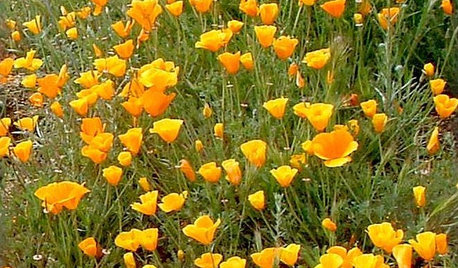






garyfla_gw
funkiest_cow_hotmail_com
Related Professionals
Danbury Landscape Architects & Landscape Designers · 70037 Landscape Architects & Landscape Designers · Doctor Phillips Landscape Contractors · Fort Worth Landscape Contractors · Pine Hills Landscape Contractors · Smyrna Landscape Contractors · Tehachapi Landscape Contractors · Tinton Falls Landscape Contractors · Canton Decks, Patios & Outdoor Enclosures · Laurel Siding & Exteriors · Boston Siding & Exteriors · Germantown Siding & Exteriors · Liberty Siding & Exteriors · Oak Forest Siding & Exteriors · Zion Siding & Exteriorslina_holiday_yahoo_com